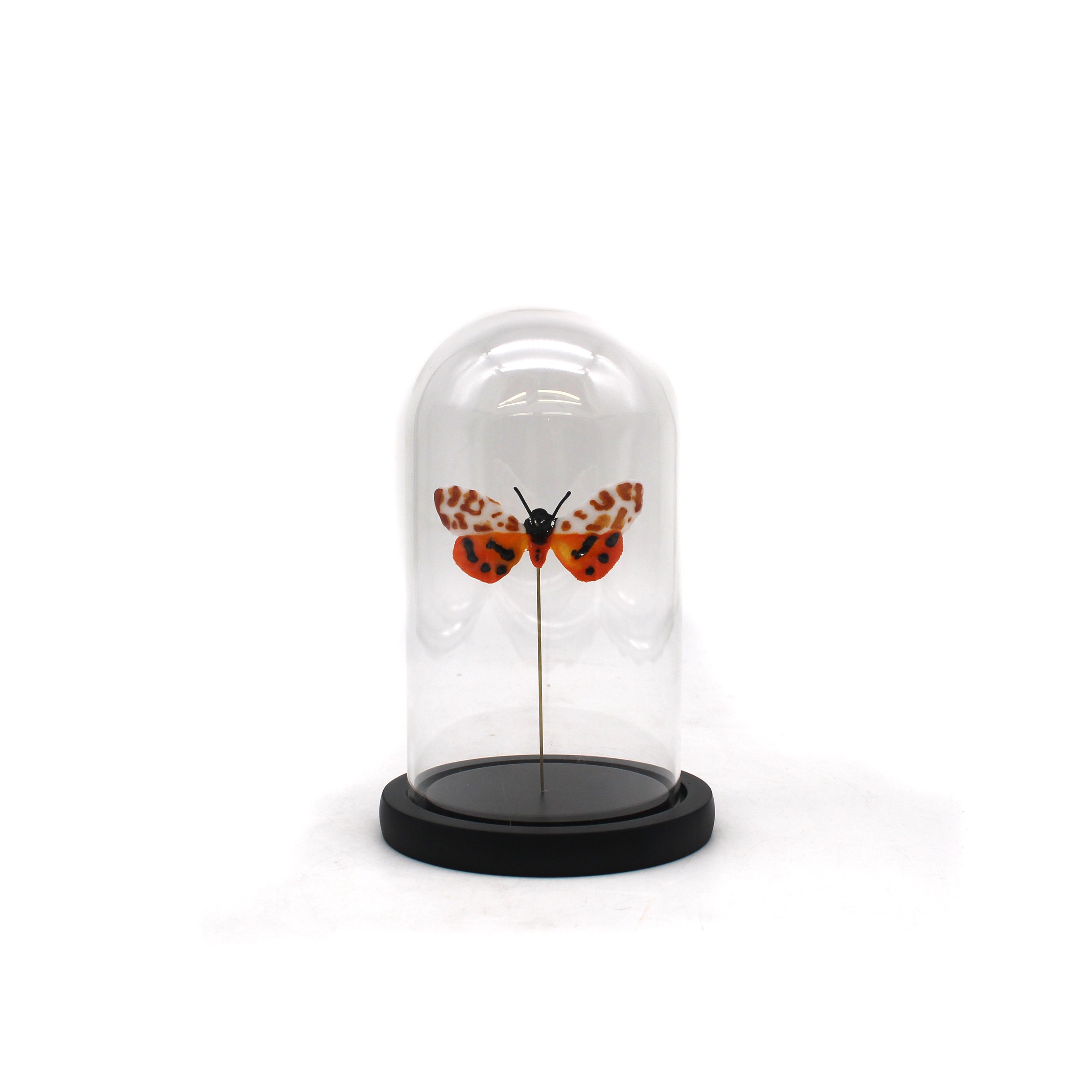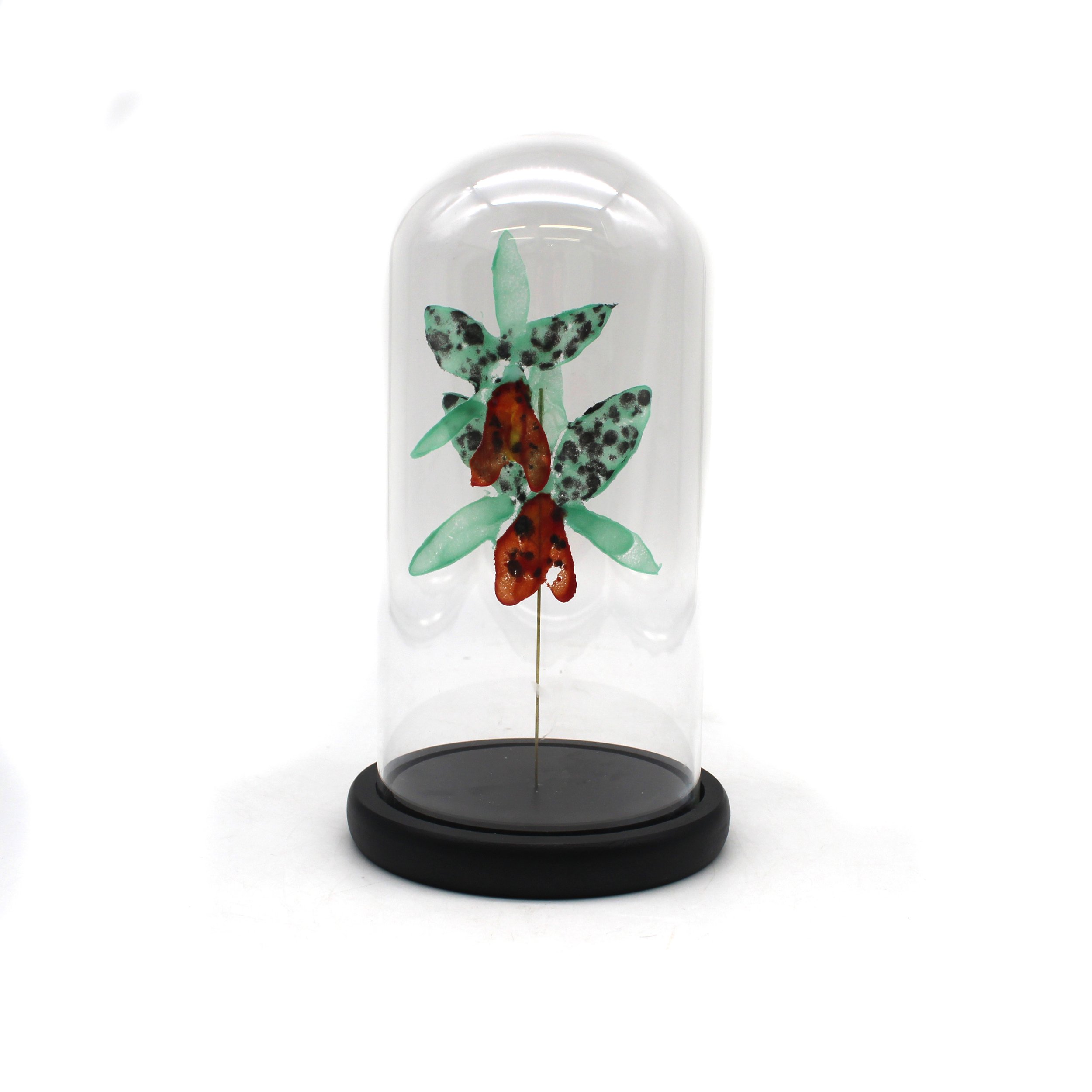Megan Chalifoux, Rococo, 2023. Kiln fired glass, mirroring paint, 36 x 44 in. Photo courtesy of the artist.
Kate Clements
Bio
Kate Clements constructs delicate and ornate large scale paintings and installations comprised of kiln fused glass panels. The wafer-thin panels reference naturalistic designs and floral motifs that she uses to explore ideas of beauty, taste, and impermanence. Her work has been exhibited at the Bellevue Arts Museum (WA), Delaware Contemporary (DE), Houston Center of Contemporary Craft (TX), Hunterdon Art Museum (NJ), Philadelphia Art Alliance (PA), SOFA Chicago, Urban Glass (NYC), and S12 Galleri (Norway). She holds a BFA in Painting and Art History from the Kansas City Art Institute and an MFA in Glass from Tyler School of Art & Architecture.
Clements’ work has been featured in Italian Vogue Gioiello, American Craft Magazine, andNew Glass Review. She has been awarded residencies at the Charlotte Street Foundation (KansasCity), the Museum of Arts & Design (NYC), S12 Galleri (Norway), Pilchuck EAiR (WA). Clements livesand works in Kansas City, MO where she is currently an artist in residence at Studios Inc.
Artist Statement
My work explores the ambiguity of style – its capacity for imitation and distinction; its juxtaposition of the artificial and the natural; and its intersection with class, modernity, and taste. I construct delicate and ornate large scale paintings and installations comprised of kiln fused glass panels. The wafer-thin panels reference historical wallpaper designs and ornamental architecture spanning multiple eras: chintz wallpaper of the Rococo Revival, block printing from Arts and Crafts movement, and concrete breeze block designs from Mid-Century America. Behind each of these lush designs lurk layered histories of exclusivity, morality, and even death.
The intricate patterns are created using frit. I sift, scatter, and push the sugar-like substance directly on a kiln shelf to form dimensional drawings. They contort and transform in the kiln through time and temperature. The once powdery material solidifies and contracts into a crystalline web of transparent glass. Its transformative qualities hide its own materiality, allowing the glass to appear to be in action: growing or dying, melting or freezing. In my work these decorative acts function as a delicate veneer that I use to draw the viewer in, but upon closer inspection the work reflects a nervous tension and precariousness that is palpable. The fragility of the glass becomes metaphorical for the impermanence of beauty, the fleetingness of taste, and the constant pursuit to grasp and possess them.
The work investigates the impermanence of beauty, the fleetingness of taste, and our constant pursuit to grasp and possess them.










